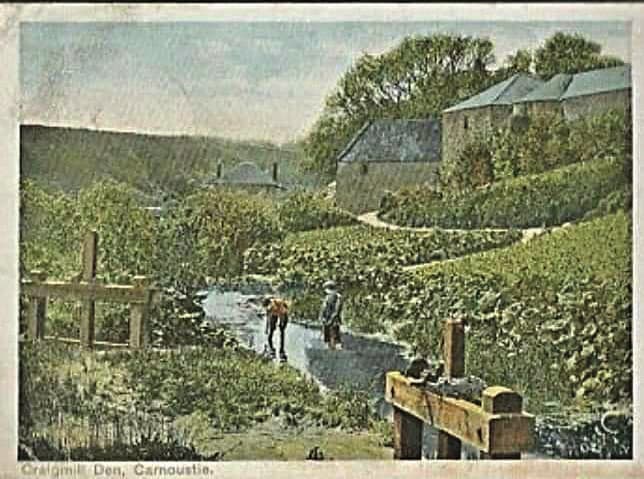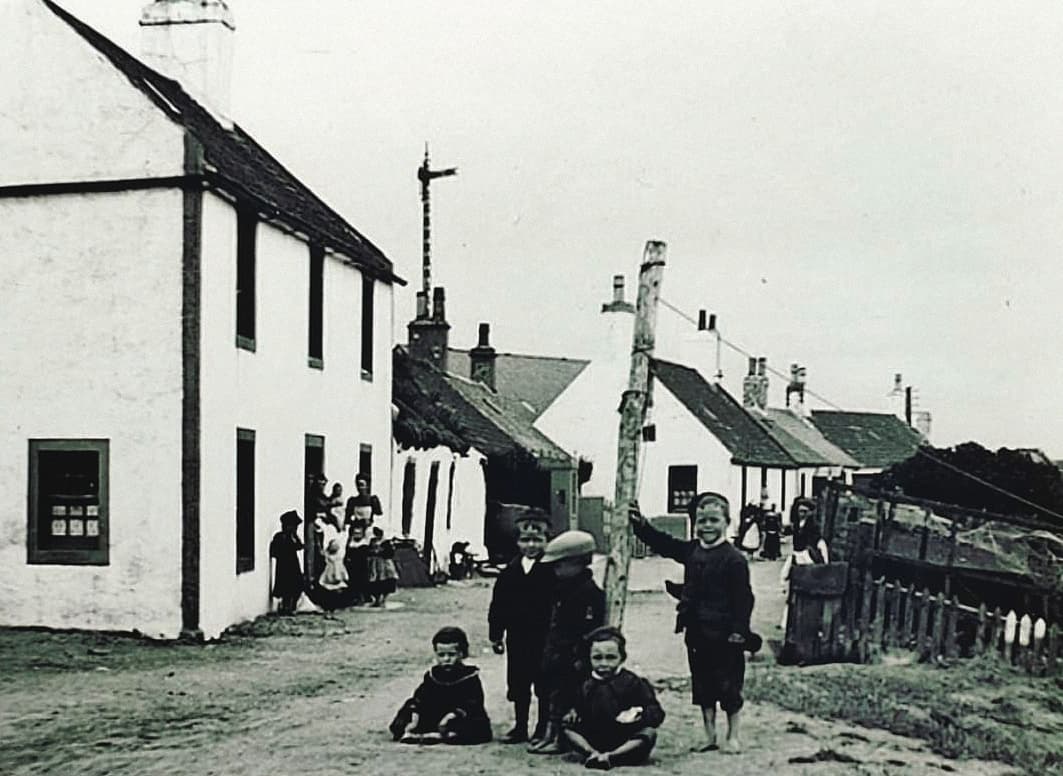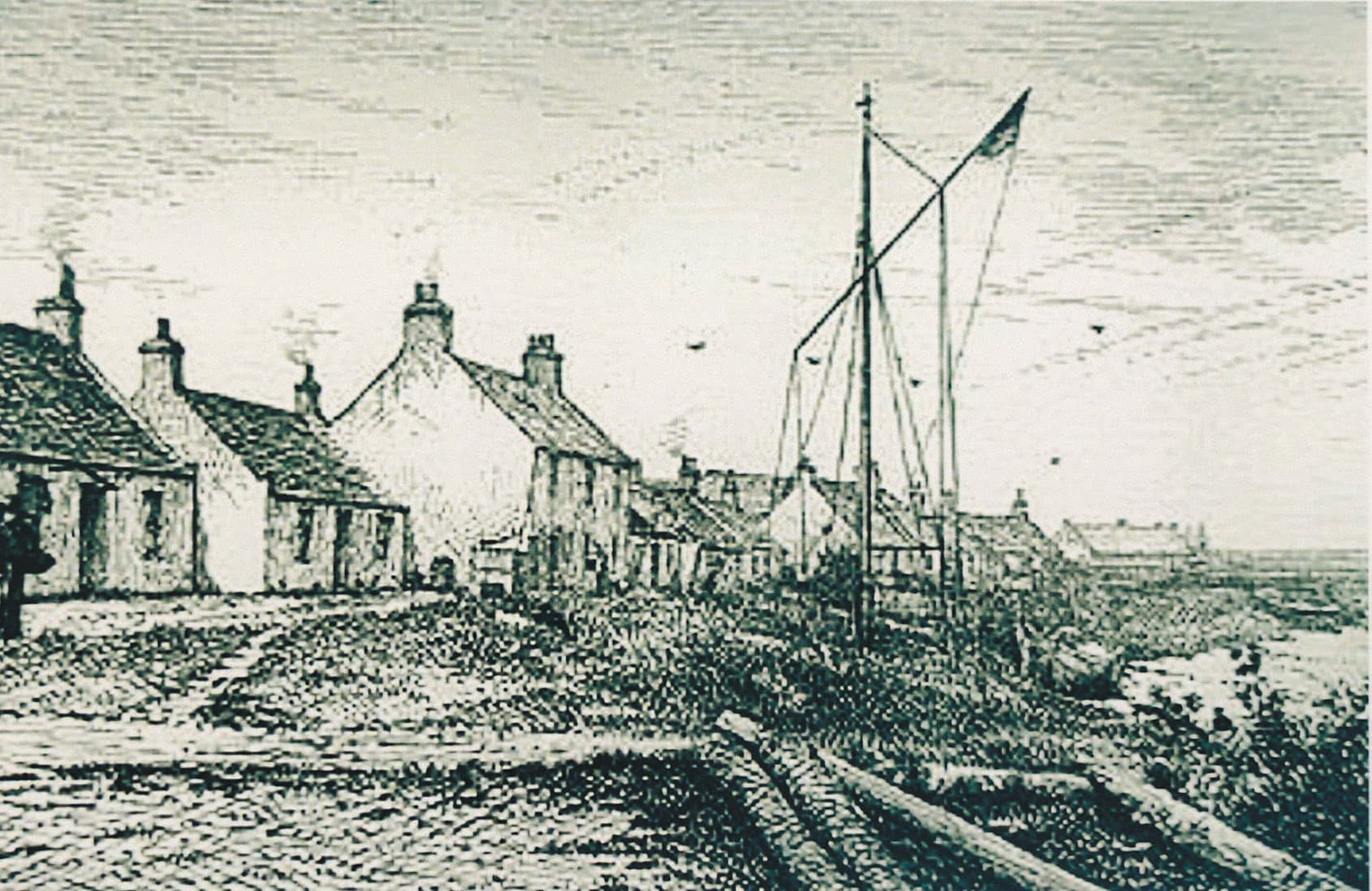

The fishing community began to expand rapidly after 1815, in part due to men returning from service in the Navy during the Napoleonic Wars and also because the press gangs which had become notorious for forced conscription had become less active.
By the late 18th century, the area became known as West Haven to distinguish it from East Haven. With a population growing to more than 300, there was a wide variety of occupations including weavers, masons, farmworkers, seamstresses, grocers, and even a watchmaker and a liquor merchant. There was also an inn with a brewery attached.

Fishing remained the main employer and the small fishing fleets of Westhaven and East Haven caught cod for export and haddock which was largely destined for Dundee and Forfar. Lobsters were sent for live export to London and crabs for local use. Salmon were caught in nets on the beach at Carnoustie.
There were numbers of stake and other nets placed along the shore right round the bay and among the rocks. They required constant attention during the main season which ran from February to August and provided work for many people.
The last few weeks were the most productive. The salmon were brought fresh from the nets to the fishermen’s bothy near the Railway Station where they were packed in boxes and then sent off to the larger towns.
The industry went into decline from the mid-1800s and combined with the closure of local factories, the village became home to fewer manual workers and by the 1930s it was largely residential and a popular destination for summer visitors. Seasonal and part-time creel fishing has ensured the village has retained a seafaring appearance.

The Carnoustie Green Circular was funded by Seagreen Wind Energy and created by the Carnoustie Community Development Trust.